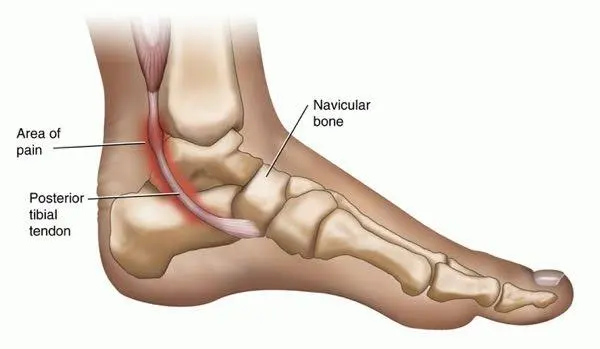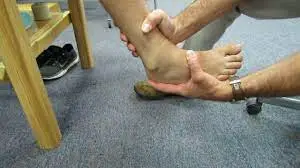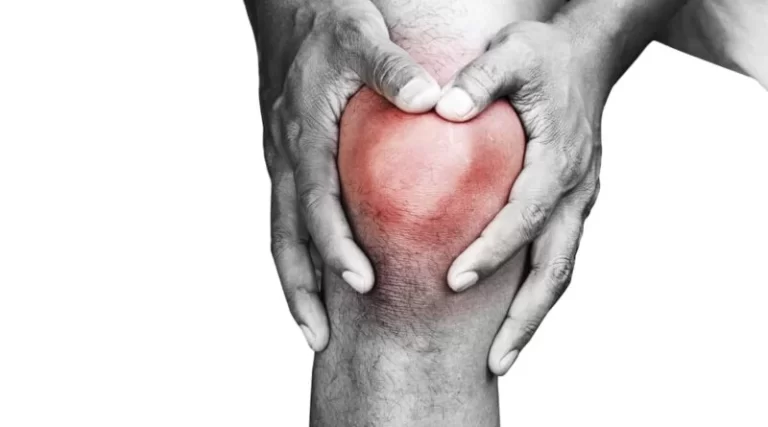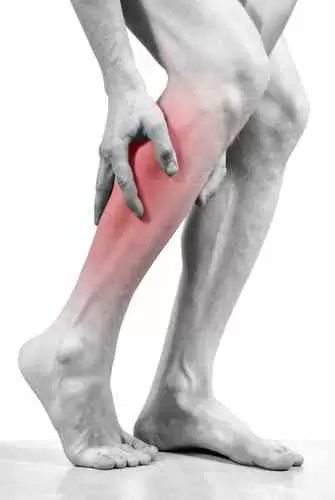Posterior ankle impingement syndrome
Ankle impingement is characterized as ankle pain brought on by impingement in either the ANTERIOR (anterolateral and anteromedial) or the POSTERIOR (posteromedial) portions of the ankle. Tibiotalar (talocrural) joint serves as a point of reference for the pain’s location. In general, Anterior ankle impingement describes the trapping of structures at the tibiotalar joint’s anterior edge during terminal…










